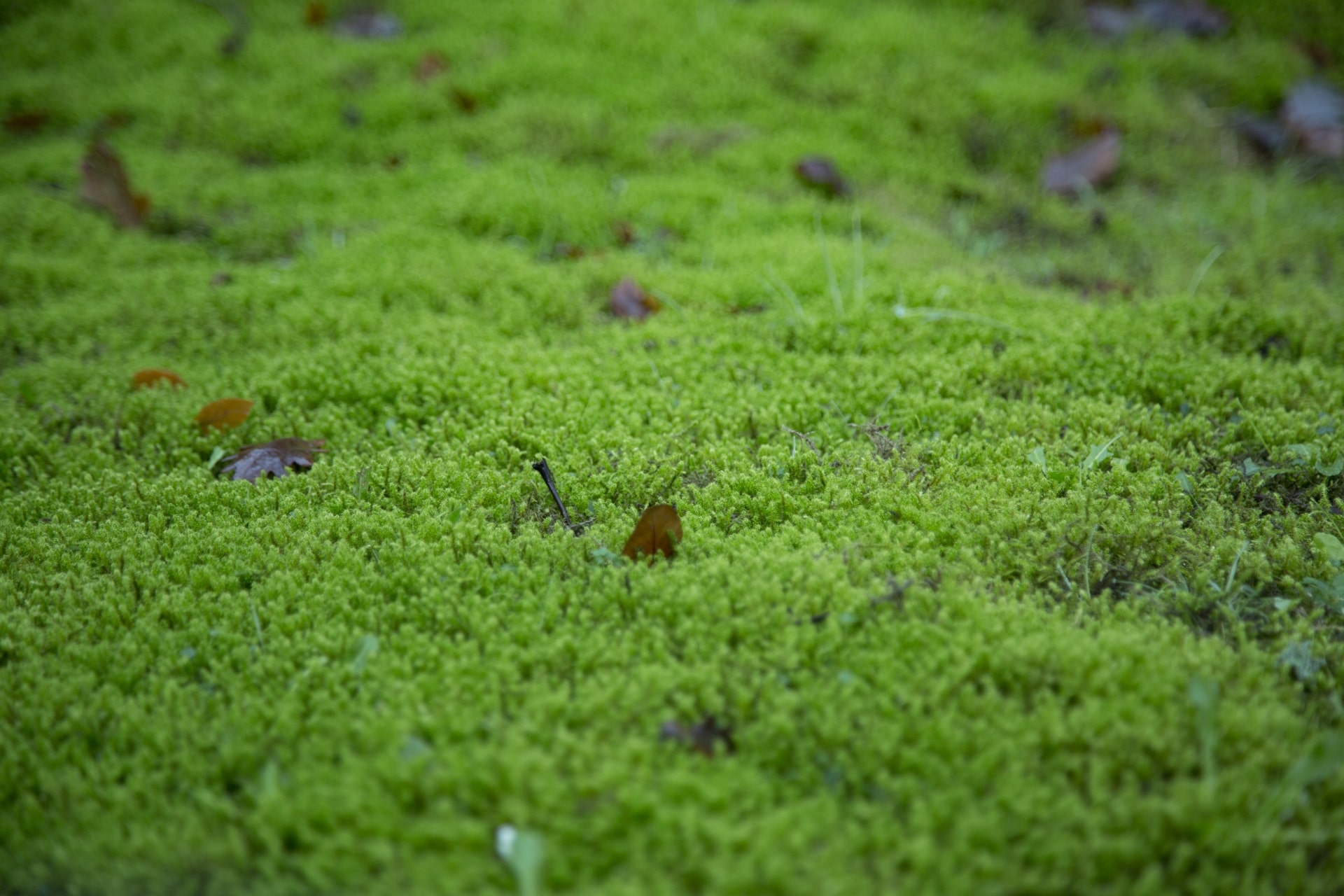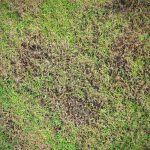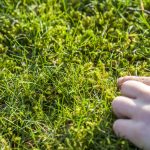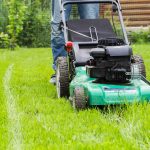Looking for advice on reseeding your lawn after you get rid of moss?
After you kill or remove moss, your lawn will likely have a number of bare patches where the moss used to be. It’s a great idea to reseed these bits of bare lawn, to help get your grass looking its best.
Here’s what you need to know about reseeding a lawn after moss removal.
When to reseed a lawn after dealing with a moss problem
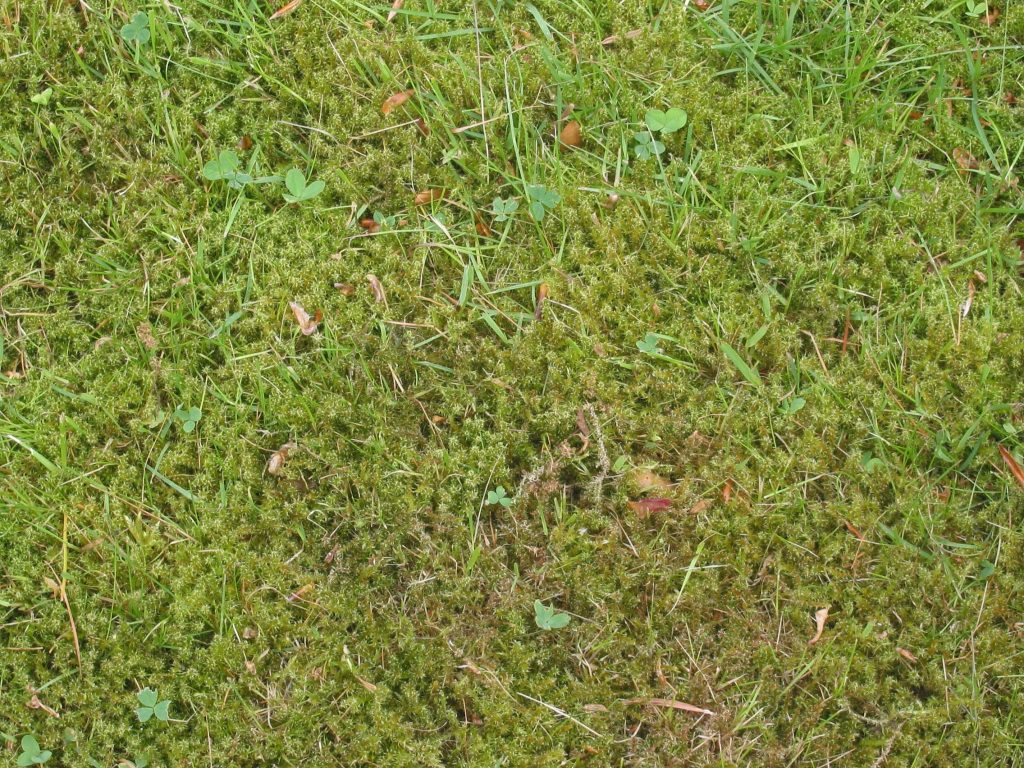
Before reseeding your lawn after moss removal, you need to ensure that your moss issue is completely resolved. It’s not worth going about reseeding a moss-covered lawn – the seeds won’t grow properly.
Before applying new grass seed, wait at least a month after your previous application of moss killer. If you have used moss killer and it’s still on your lawn, chances are this will affect grass growth after you plant new seeds.
Also ensure that the moss has been fully dealt with, because if you apply substances such as ferrous sulphate onto grass seeds to deal with any remaining moss, it may prevent the seeds from growing.
Preparing to reseed after removing moss
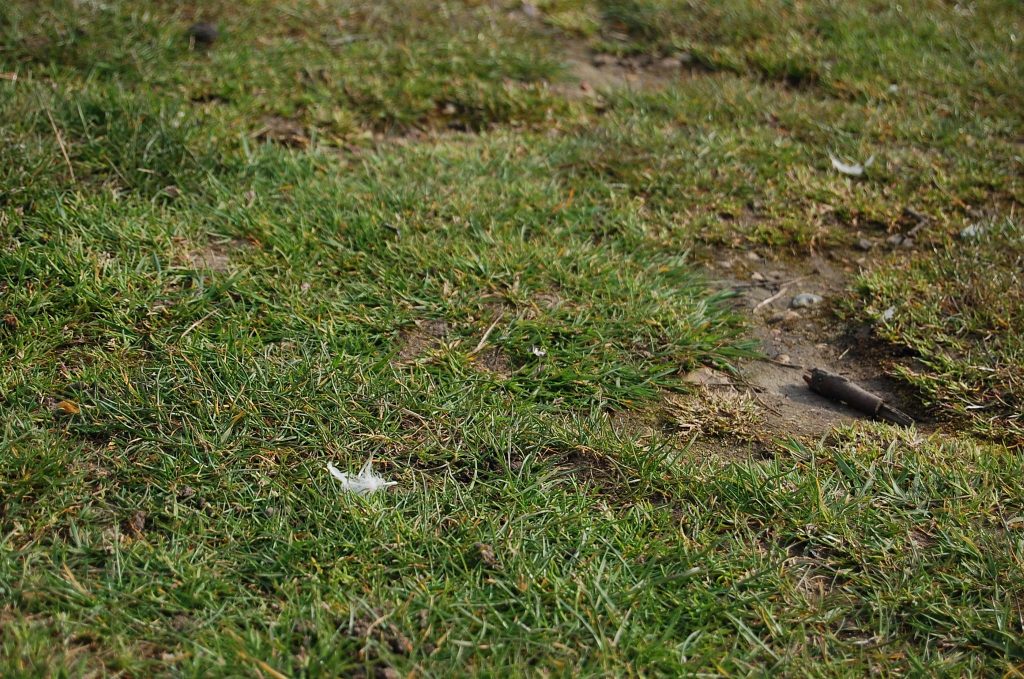
Prior to beginning the process of spreading lawn seed, you need to prepare the lawn, otherwise the grass won’t grow.
If you are reseeding a large area, you need to mow the lawn quite short, and collect the grass clippings. This helps the new seeds to spread and get into the ground more easily.
Rake any dead moss away from the lawn, and try to remove thatch as well. You could consider scarifying your lawn if you have easy access to a scarifier. You also want to try and loosen the soil where the moss used to be with your rake, to help the grass seeds embed into the ground.
Consider aerating your lawn. This helps new seeds to grow, and also helps to improve drainage, which will reduce the likelihood of moss coming back once you’ve reseeded your lawn.
You can also consider adding a small layer of top dressing or fertiliser to your lawn, although this is optional. Doing so provides a better nutrient base, helping to improve grass health, but may not be necessary if your soil is generally quite healthy. In the areas of your lawn with no moss, is the grass growing nicely? If not, adding nutrients may prove helpful.
Finally, ensure that you’re spreading the seed at the right time of year. In the middle of summer or winter, your seed might get overheated and dehydrated, or may freeze and stop growing. The best time of year to overseed your lawn is in the late summer/early autumn if possible.
Choosing the right grass seeds

When choosing which grass seeds to spread on your garden after moss removal, there are two main factors to consider:
- Getting a similar seed species to your existing lawn, to ensure that the grass looks the same across your entire garden.
- Getting a type of seed that will grow well, given your climate and soil conditions.
Some types of grass seeds grow more easily than others. Ryegrass is typically a very fast-growing type of grass seed in the UK.
You may want to prioritise speed if you’re coming up on the middle of summer or winter, which is when new seeds struggle to grow. Or, if your soil quality isn’t the best, you may need to spread a type of lawn seed that will grow quickly.
However, you also want to search for seeds that look similar to your existing lawn, otherwise the areas of grass where moss used to be will look different to the rest of the lawn.
How to spread the grass seed
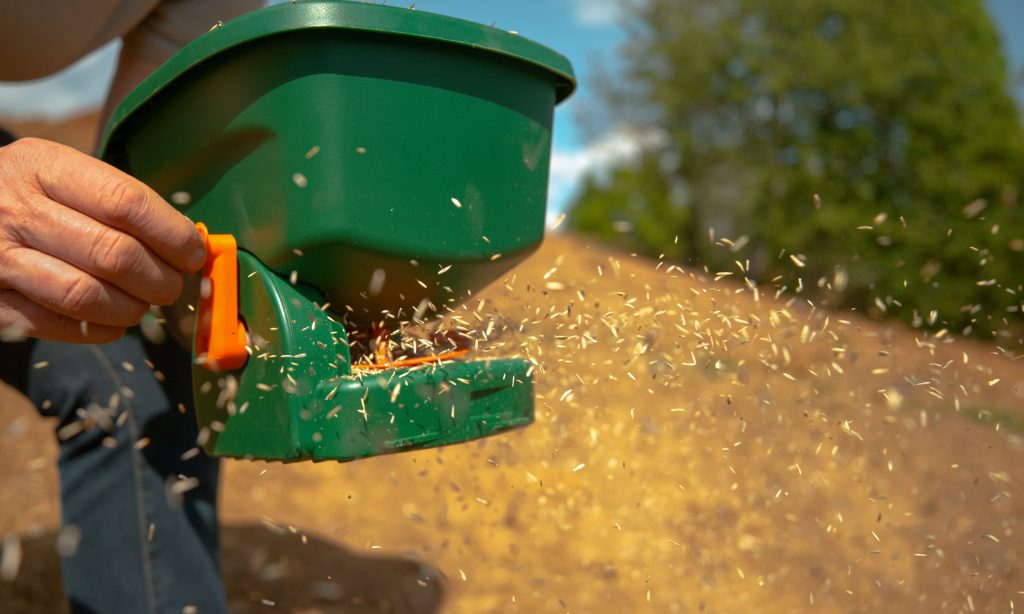
Now that you’ve prepared your lawn and chosen a grass seed mix to use, you can begin to distribute the seeds over the parts of your garden that have been cleared of moss.
First, you need to select a spreading method. If you need to cover a large area, you might want to consider using a lawn spreader solution, to make the seeding process more efficient. However, if seeding a small area, it’s fine to distribute the seeds by hand.
Work your way across the garden, aiming to spread the seeds evenly – either targeting bare patches, or covering the whole lawn. Your goal is to spread the seed evenly, at the rate suggested on the seed packaging.
How to ensure good grass growth after spreading the seed
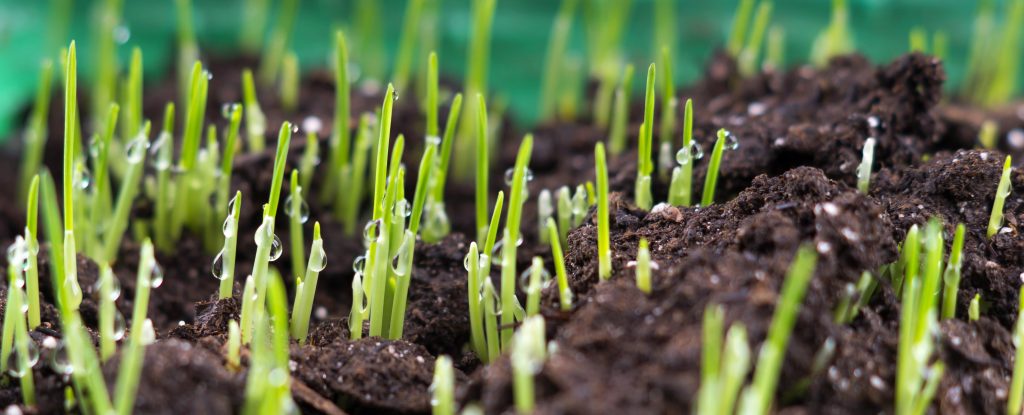
After seeding, you can follow the tips below to give the new lawn the best chance of growth.
- Water the lawn immediately in the target seeding areas, giving the seeds a good soaking.
- Consider adding some bird deterrents, to prevent them from eating the seeds.
- Continue to water the lawn once or twice daily (assuming it doesn’t rain) for at least a few weeks, until the seeds germinate and grow to about two inches high above the surface.
- Avoid any foot traffic on your lawn.
If all goes well, you should expect the seeds to germinate and begin seeing shoots of grass above the surface after two weeks at the most. Then, it will take about six to eight weeks for the patches of grass you have overseeded to become fully established.
If you’re not seeing good growth within these timelines, some of your seeds might have expired (if using an old seed bag), or the ground may not have the right nutrients to help the lawn grow. You may also need to aerate the ground, especially if you have clay soil that is suffering from compaction.
How to prevent lawn moss from coming back after reseeding
After going through a time-consuming moss removal process and reseeding your lawn, the last thing you want is for your moss problem to come back and ruin the look of your lawn.
However, this is a big risk for many lawns – moss grows for a reason, and unless the conditions are changed, it’s difficult to remove moss and keep it under control.
To prevent moss from coming back after reseeding your lawn, you need to:
- Help your lawn to receive more sunlight, for example by trimming trees and nearby plants that are providing excess shade.
- Aerate the ground, especially if suffering from compaction. This helps to improve drainage, preventing moss from taking over your lawn. If your lawn frequently becomes waterlogged, you may want to use more drastic measures to improve drainage.
- Improve your general lawn care practices, to make your lawn more healthy, and help it withstand moss taking hold. You may like to scarify your lawn to remove excess thatch, or mulch your grass as you mow to feed your lawn with valuable nutrients.

I’m Josh, and I’m the head writer at Lawn Care Pro.
I love everything lawns, but I’m a bit of a lawn mower nerd. I spend a lot of my free time tinkering with mowers, and planning my mowing schedule for the next few weeks.
I’m also into cars, which comes in very helpful when servicing a mower engine!

